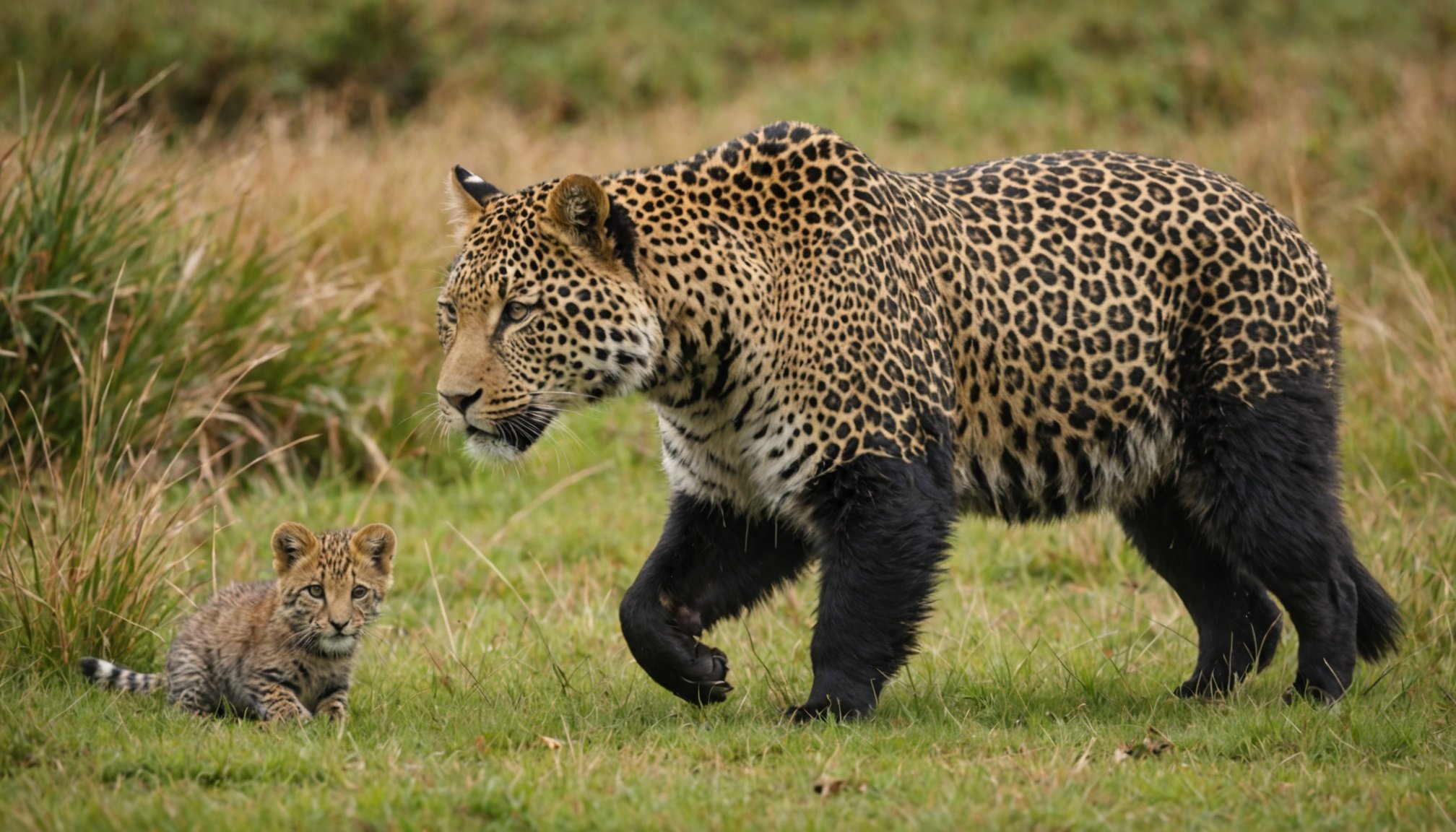Understanding the Legal Framework
Navigating the legal requirements for establishing a charity in the UK can be intricate but essential for ensuring compliance. UK laws mandate that those wishing to establish a charity, such as a wildlife conservation entity, must adhere to stringent guidelines to obtain charity registration. A critical component is the submission of necessary legal documents, which demonstrate the organization’s purpose, governance structure, and financial management plans.
Applicants must meticulously prepare a governing document, typically known as a constitution, which outlines the charity’s objectives and operational scope. This document is pivotal for the charity’s registration process. Additionally, it’s important to provide details about its structure, such as naming the board of trustees.
In parallel : Unlocking success in uk urban planning: your essential guide to navigating zoning laws for your consultancy
Common pitfalls in the registration phase include insufficiently detailed documentation and lack of clarity about the charity’s aims, leading to application delays or rejections. Hence, prospective charities should consult legal expertise early in the process to avoid such issues. Understanding UK laws specific to charities not only aids in successful registration but also lays a firm foundation for future operations.
Steps to Register a Wildlife Conservation Charity
Embarking on the charity registration process in the UK involves several thorough steps. Initially, it is crucial to determine if your organization qualifies as a charity under UK laws, which often depends on having exclusively charitable purposes and a public benefit.
Application Steps include creating a constitution or governing document that outlines the charity’s objectives and operational structure. Clearly establish the board of trustees who are responsible for guiding the charity’s activities. Furthermore, prepare necessary documentation such as financial plans and statements of purpose.
As you submit your application for charity registration, it is vital to be comprehensive and precise in presenting your information. Compliance with all legal requirements is paramount; neglecting details could lead to delays or rejections.
To smooth the process, prepare for potential delays and factor them into your timeline expectations. The completion of the charity registration process might take several weeks due to thorough scrutiny by the Charity Commission.
Avoid common pitfalls by consulting legal professionals to ensure that your application package meets all standards and expectations. This proactive approach can enhance your prospects of successful approval.
Governance and Operating Structures
Understanding the governance structure is crucial for the success and sustainability of a charity. At its core, the board of trustees plays a pivotal role in overseeing the charity’s mission and ensuring that it operates within legal and ethical standards. Trustees are responsible for strategic decision-making and must ensure that the charity’s resources are used effectively.
Every charity must establish a robust governance structure. It is essential for maintaining transparency and accountability. The governing document, often a constitution, outlines the responsibilities and powers of the board of trustees. A well-functioning board can significantly impact a charity’s reputation and ability to attract donors and partners.
Trustees should bring a diverse set of skills and expertise to the table, supporting the charity in areas like financial management, strategic planning, and legal compliance. Best practices include regular board meetings, clear role assignments, and continuous training for trustees to keep abreast of evolving legal frameworks.
Effective charity management includes meticulous financial planning and operational oversight, ensuring that all projects align with the charity’s mission and objectives. Regular audits and internal reviews can help identify areas for improvement and maintain high standards of governance.
Fundraising Strategies for Wildlife Conservation
Fundraising is a crucial component for maintaining a wildlife conservation charity’s financial sustainability. Employing effective fundraising techniques is essential to gather support and resources needed for your objectives. A mix of traditional and innovative donation strategies can significantly amplify your conservation efforts.
Community engagement stands at the core of a successful fundraising campaign. By involving local communities in activities such as volunteer programs and educational workshops, you can foster stronger relationships and increase donor loyalty. People are more likely to contribute when they feel personally connected to a cause.
Embracing digital platforms and social media can exponentially boost your fundraising success. Platforms like Facebook, Instagram, and Twitter enable you to reach a wider audience with minimal cost. Online events and crowdfunding campaigns are excellent avenues to attract donations from global supporters.
For optimum results, a multi-channel approach should be employed.
- Email campaigns remain effective when personalized and relevant.
- Launching a merchandising strategy can also provide additional funding streams.
By exploring and testing various approaches tailored to your charity’s mission, you can build a resilient financial strategy to support ongoing and future projects.
Building Partnerships and Collaborations
In the realm of wildlife conservation, forming strategic partnerships is vital for amplifying impact. Identifying potential partners requires recognizing stakeholders, such as governmental bodies, private sectors, and local communities, who share similar objectives. Partnerships with wildlife NGOs can expand resource capacity, share expertise, and increase operational effectiveness.
Collaborating with these organisations offers a myriad of benefits, including enhanced credibility, pooled resources, and wider reach. Such collaborations can lead to joint ventures, facilitating larger conservation projects that might be unfeasible individually. Successful partnerships are crucial because they allow for combined efforts tackling complex environmental challenges.
To foster and maintain effective collaborations, begin by outlining shared goals and expectations, establishing clear communication channels, and ensuring commitment from all parties involved. Regular meetings and transparent processes encourage trust and understanding, critical for long-term success.
Moreover, strategies for maintaining successful partnerships include celebrating small wins to boost morale, addressing conflicts promptly, and incentivizing contributions. Utilising digital platforms for collaboration can enhance flexibility and responsiveness, ensuring that partnerships remain agile and adaptive to evolving conservation needs. Implementing these approaches can greatly benefit charities focused on protecting wildlife ecosystems.
Case Studies and Success Stories
Examining case studies offers invaluable insights into the operations of successful wildlife conservation charities in the UK. These examples illuminate the strategies used to overcome challenges and maintain momentum. Notably, some charities excel in fundraising by leveraging strategic partnerships and community engagement.
One exemplary case is the Royal Society for the Protection of Birds (RSPB). Their success is attributed to innovative fundraising campaigns and collaboration with government bodies. They have effectively utilized digital platforms to gain support globally, showcasing the potential of online crowdfunding and direct appeals.
Another inspiring example is the Wildlife Trusts, which emphasize local community involvement. They have established robust networks that enable participatory conservation efforts. This fosters a sense of ownership and commitment, essential for sustaining long-term projects.
From these examples, it becomes apparent that learning and adapting successful operational strategies can significantly enhance new and existing initiatives. Effective storytelling and transparent communication are key components that charities can adopt. Additionally, maintaining clear governance frameworks and being adaptive in strategic planning can further bolster success. New charities can draw on these lessons to enhance their own operational effectiveness and increase their impact in wildlife conservation.
Resources for Wildlife Conservation Charity Founders
Establishing a wildlife conservation charity in the UK requires access to a range of vital resources. Founders should start with comprehensive guides detailing legal and financial obligations, such as those provided by the Charity Commission. These resources not only clarify the basics of charity setup, but also help navigate complex regulations. Utilizing these tools can prevent legal missteps and aid in smooth charity registration processes.
Support networks are critical in offering advice and fostering connections. Organizations like the National Council for Voluntary Organisations (NCVO) provide invaluable support networks. They offer webinars, forums, and one-on-one mentorship opportunities, creating a community of practice among charity founders.
Founders seeking to enhance their knowledge should explore online courses and webinars that focus on areas such as governance, fundraising, and strategic planning. Platforms like Coursera and edX offer courses specifically tailored for non-profit management, ensuring that founders can continuously build their skill set.
For further personal development, engaging with recommended reading materials can broaden understanding and inspire innovative practices. Books and articles authored by seasoned charity professionals provide practical insights and strategies, helping founders to adopt tried-and-tested methods and avoid common pitfalls in the conservation sector.











